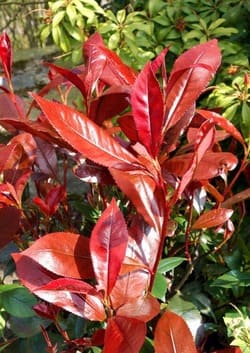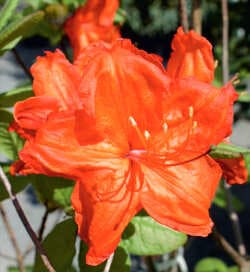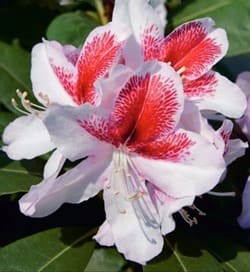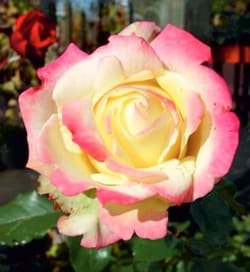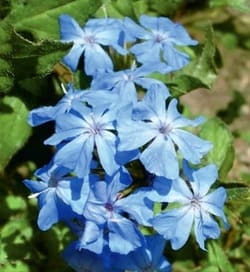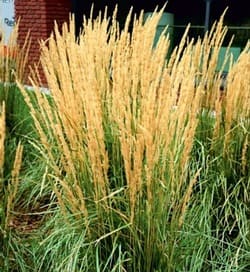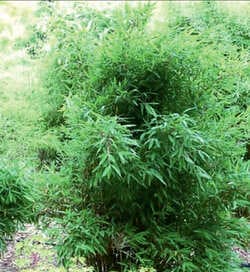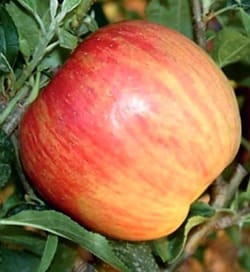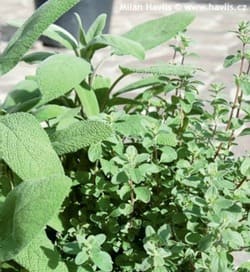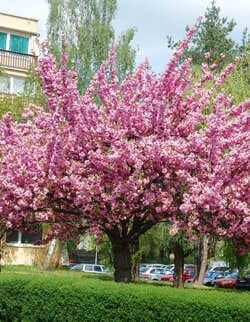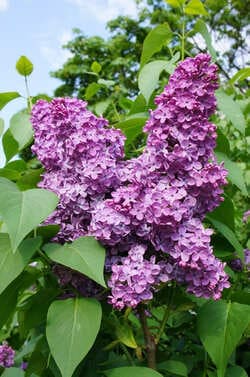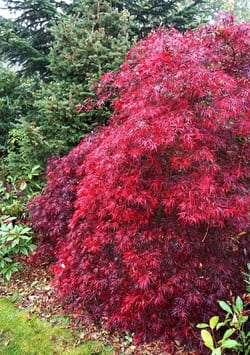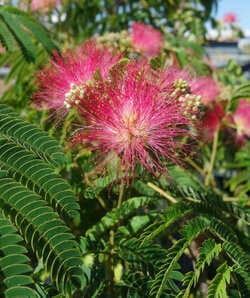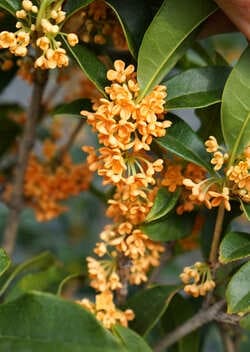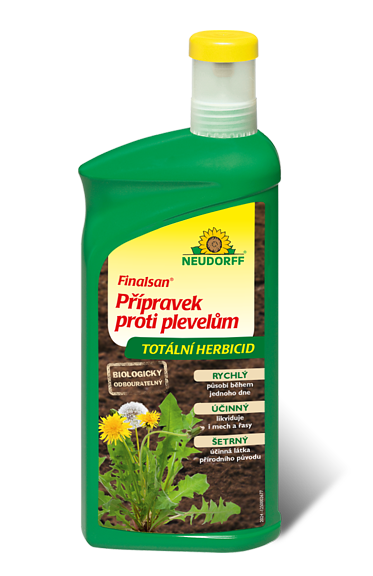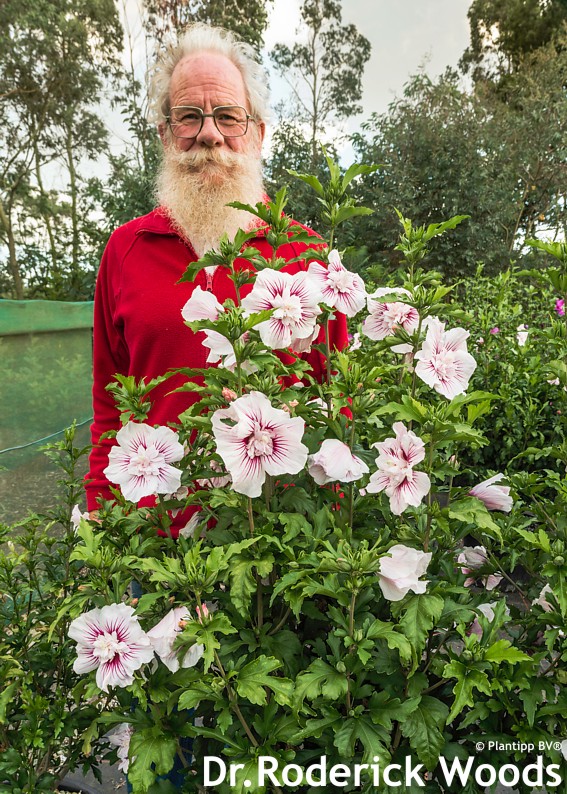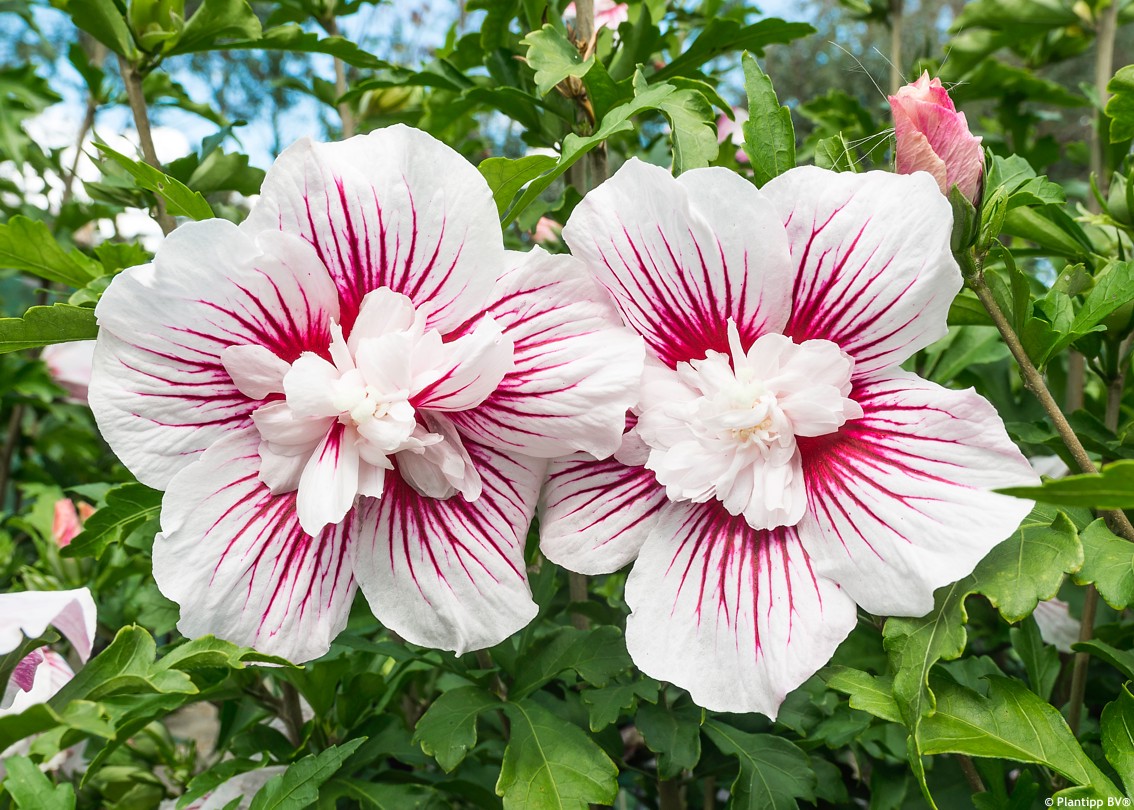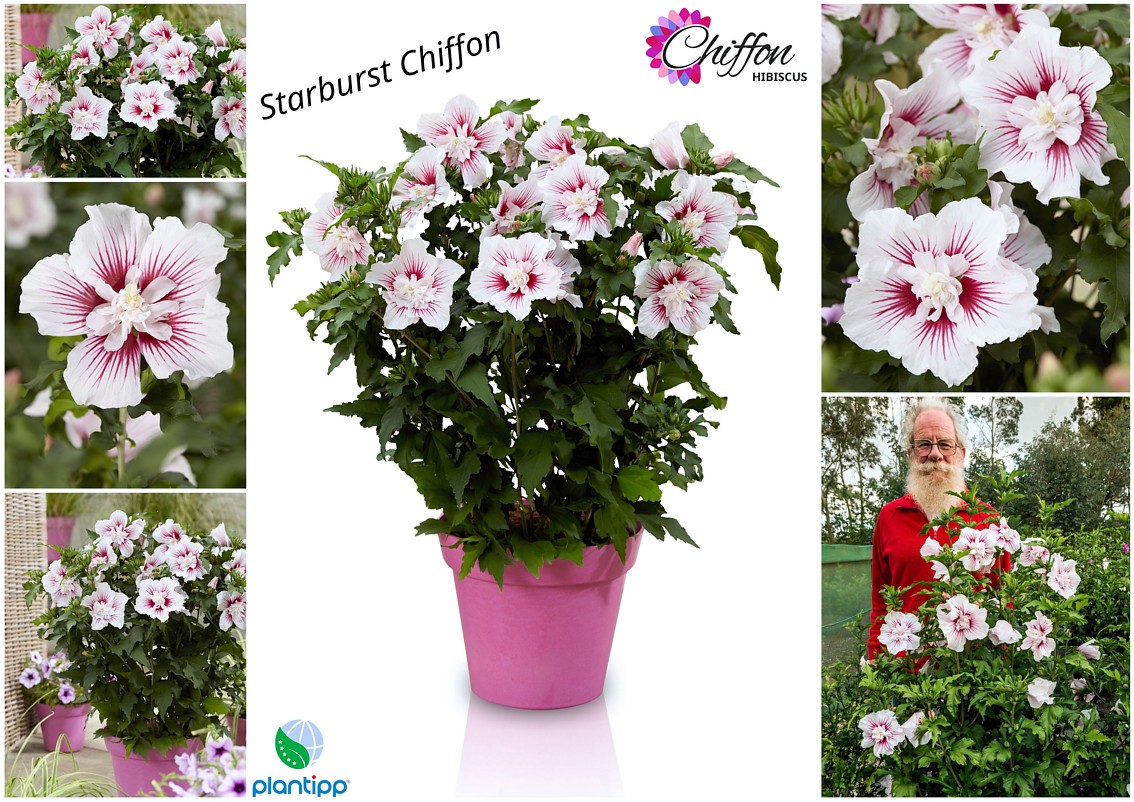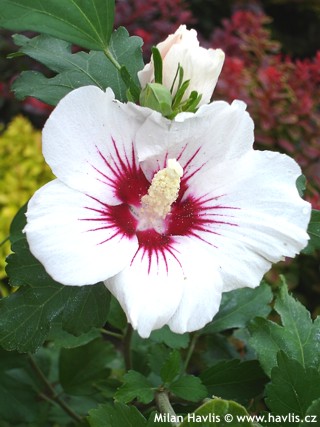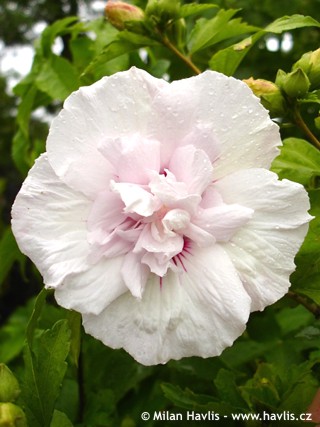Hibiscus syriacus 'Rwoods6' STARBURST CHIFFON® Rose-of-Sharon
Hibiscus
Rose-of-Sharon deserves more attention for its abundant flowering in summer. These maintenance-free shrubs come from eastern Asia and are the inevitable ingredient of every summer garden which they highlight with a wide range of coloured flowers. There has been a number of cultivars available since its discovery. They have various bloom colours, shapes and sizes, as well as variegated leaves.
STARBURST CHIFFON® is a masterpiece among the CHIFFON® series of Rose-of-Sharon hybridized by English botanist Dr.Roderick Woods. It was found in 2010 and bears eye-catching flowers of snow white colour with prominent, star-like, vibrant purple red rays coming from the central eye. There are numerous dwarf petals in the centre (sepaloids) which make the flower look semi-double. They come out reliably every year in July and don’t stop blooming until all buds have gone - sometimes by end September. The plant grows into a densely branched, upright shrub. Protected by US patent No. PP30270 from 2019 and European PBR EU51520.
It has very decorative leaves that are unique. They are shallowly lobed, palmate, mid to dark green and coarsely toothed. If they turn yellow in summer the plant manifests too much water at the roots. They are either over-watered or planted in too heavy soil where it has not established yet.
Pruning is an issue that always gets me started here. Hard pruning leads to larger flowers, that's true, but also production of long, immature, flexible twigs. The only cut I recommend is to rejuvenate old plans - prune it hard in early spring by 50-75% and let it grow for another 10 years or so.
Rose-of-Sharon is quite adaptable of soil type. It likes sufficient moisture and but you cannot transplant it into standing water. When fully established it will love occasional flooding in summer. Older plants dislike peat. Selective fertilizers for better flowering are convenient but not crucial. Place it in full sun only. Fully hardy to min. -27°C (USDA zone 5). Not suitable for pots.
Last update 21-11-2019









